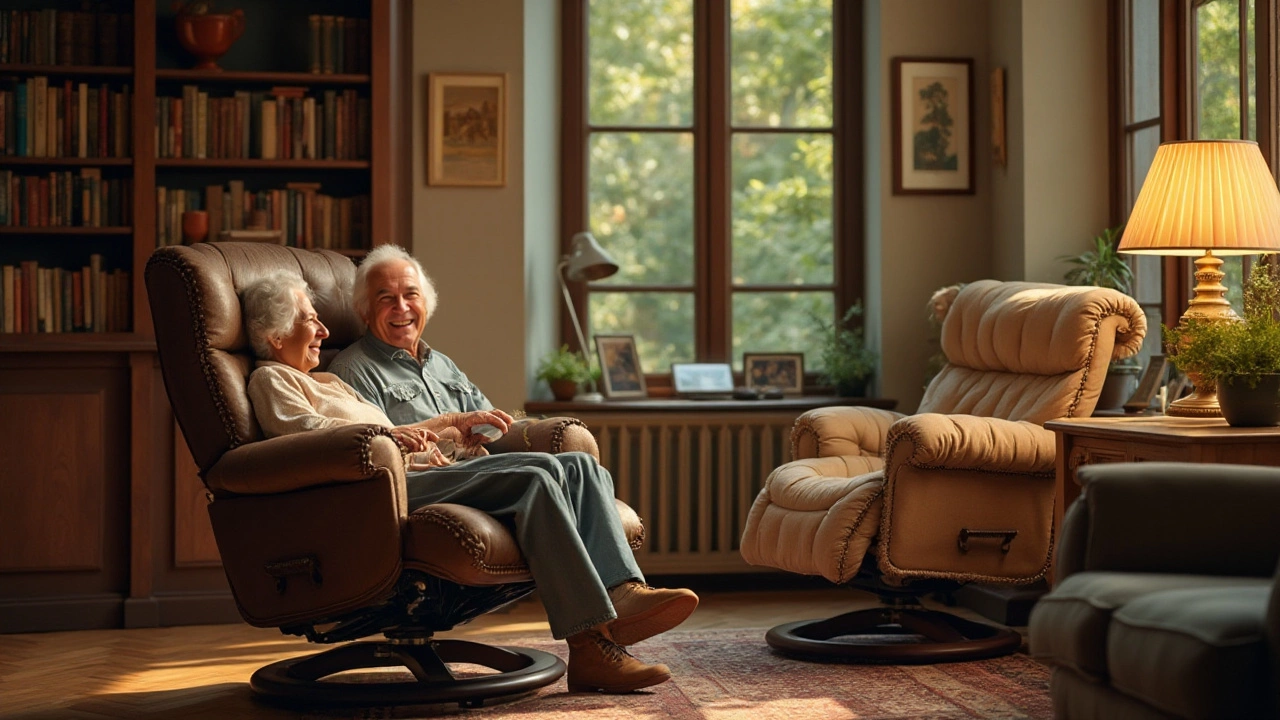Aches Relief: Simple Furniture Hacks for a Pain‑Free Home
Did you know most daily aches start with the way we sit or lounge? A hard seat, a low back, or a sofa that sags can turn a short break into a sore day. The good news is you don’t need a miracle cure – just a few smart furniture tweaks. Below you’ll find the easiest changes that bring instant comfort and long‑term relief.
Pick the Right Chair for Pain‑Free Sitting
When you think about a chair, focus on three things: support, adjustability, and material. A chair with a firm lumbar curve holds the natural spine curve and cuts lower‑back strain. Look for a seat that lets you raise or lower the height so your knees sit at a 90‑degree angle. If you spend hours at a desk, a swivel chair with a breathable mesh back reduces heat build‑up and keeps muscles relaxed.
Active‑sitting options, like an ADHD or fidget chair, add subtle movement that keeps blood flowing. You don’t have to bounce wildly – a slight wobble encourages micro‑adjustments that stop stiffness before it starts. Pair the chair with a footrest if your feet don’t touch the floor; this tiny addition balances pelvis tilt and eases hip pressure.
Arrange Your Space for Better Posture
Even the best chair won’t help if your TV or desk is too far away. Keep the screen at eye level; you shouldn’t have to crane your neck upward or bow down. A quick tip: measure the distance from the floor to your eyes, then set the monitor top a few inches below that line.
On the sofa side, avoid deep seats that push you to curl. A medium‑depth sofa with firm cushions encourages sitting upright, which protects the lower back. If you love a corner sofa, add a few firm pillows for lumbar support and keep the centre of the sofa at a comfortable height – usually around 18‑20 inches off the floor.
Rugs and coffee tables play a role, too. A low‑profile coffee table under a rug can create a smooth walking path, preventing you from twisting or stepping over bumps. This reduces ankle twists that often lead to lingering aches after a day of moving around the living room.
Finally, remember to change positions regularly. Set a timer for every hour and stand up, stretch, or walk for a couple of minutes. The habit is more effective than any expensive chair because it keeps muscles active and prevents the “static load” that freezes joints.
With these straightforward tweaks – a supportive chair, correct screen height, balanced sofa depth, and a habit of moving – you’ll notice fewer aches and a lighter, more energized body. No need for pricey treatments; just let your furniture work for you. Try one change today and feel the difference tomorrow.
Say Goodbye to Pain: Reclaim Comfort with Recliner Chairs
Explore how recliner chairs can be a game-changer for managing old age aches and pains. This article provides insightful tips and interesting facts on selecting the right recliner to enhance comfort and quality of life. Discover various features that cater to the elderly's specific needs, and learn practical ways recliners contribute to alleviating discomfort. Ideal for those seeking to improve their daily living conditions through thoughtful furniture choices.
More
